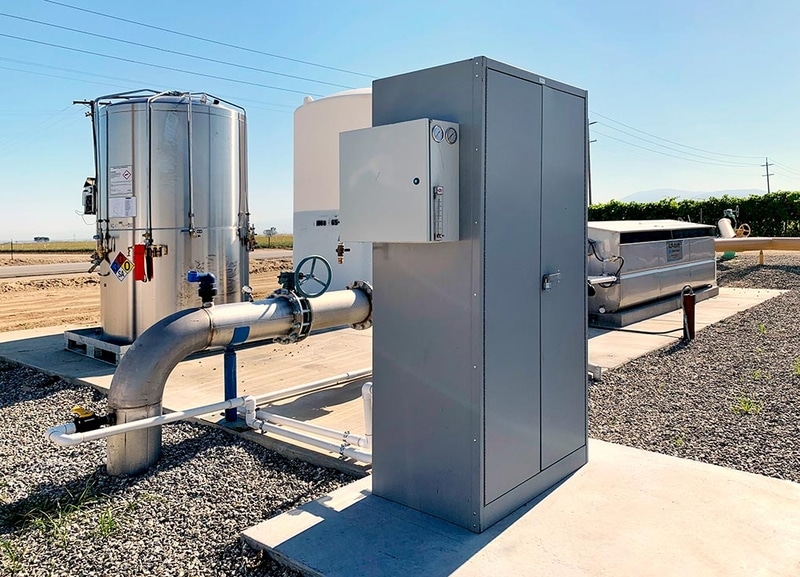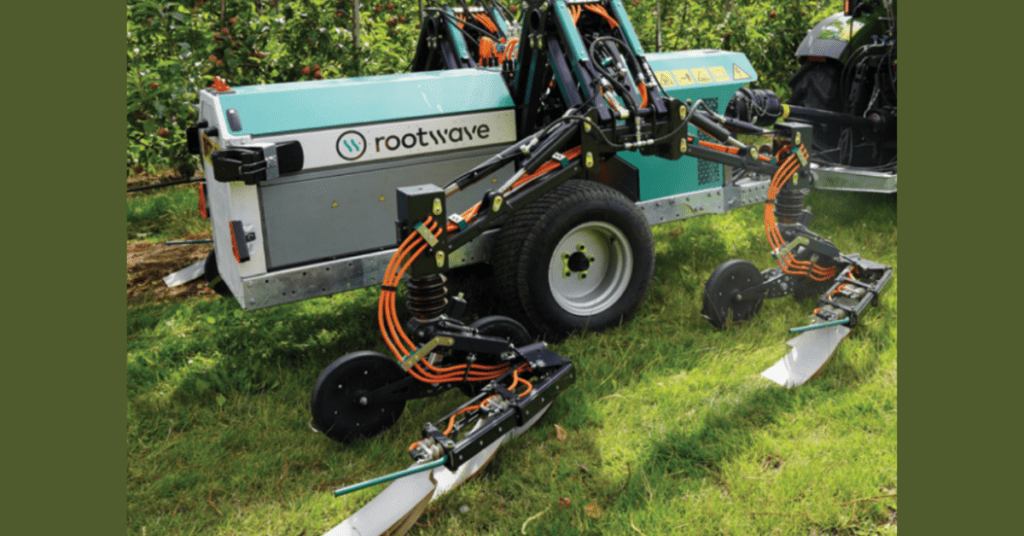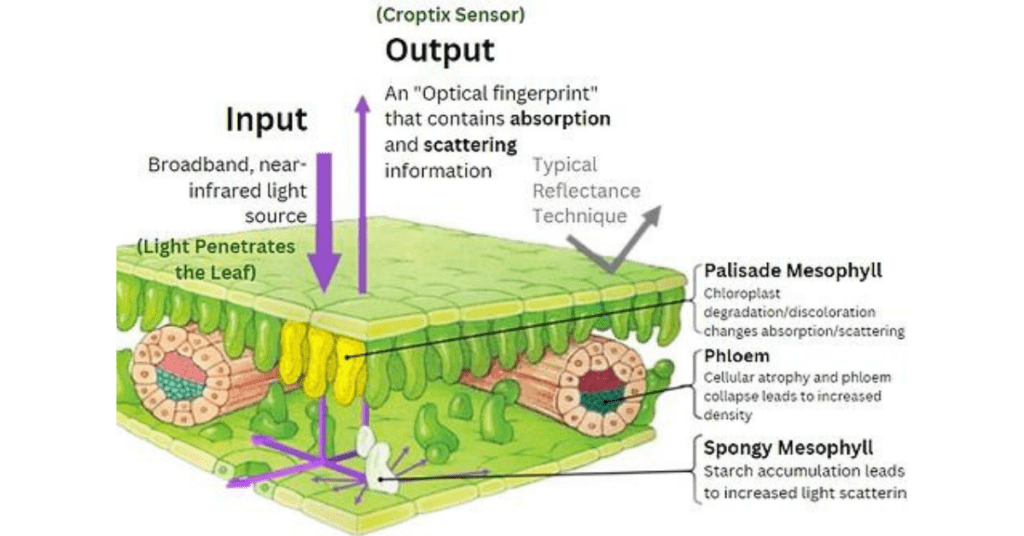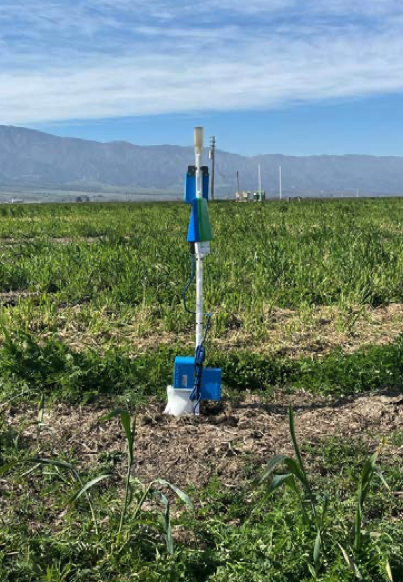From planting to water treatment, weeding, and plant and soil monitoring, here are five new technologies we’re following
Each year brings many new technologies that promise to enable regenerative and ecological farming practices. Here are five we’re keeping an eye on.
Don’t Disk — Dibble

Iowa agtech startup ReEnvision Ag is seeking to replace traditional disk openers with cone-shaped dibble-style planters. A dibble is a precision tool that delicately creates a hole in the soil for exact seed placement. Unlike disks, dibbles ensure each seed is placed at an exact depth and spacing.
Perhaps the greatest benefit of dibble-style planters is that they extend the planting window because they disturb the soil far less than a double disk. Farmers can plant earlier — ReEnvision claims to have demonstrated up to 5-7 days — in wet soil conditions.
Dibbles also minimize compaction compared to traditional disk openers. ReEnvision’s SeedSpike is designed to jump when it hits a rock and keep planting. It’s compatible with any commercially available down-pressure system, ensuring adaptability to various setups. And it requires only one sixth the soil contact of double disk openers.
On-Site Carbonic Acid Production for pH Control

It is becoming more and more obvious that water quality is as important an ingredient in growing healthy crops as any amendment. High pH in irrigation water can significantly impair the ability of plants to take up and use nutrients — including the nutrients, biological inputs and fertilizers applied by growers.
Eco2Mix has developed a new system that uses carbonic acid — produced on site — to acidify water, in a process that mimics nature. Using carbonic acid means that the system does not rely on toxic and dangerous mineral acids like sulfuric acid or sulfur burners. Carbonic acid is innocuous — simply CO2 and water. The system is highly efficient and fully automated. Eco2Mix provides the technology and monitors and controls it remotely.
Properly adjusted pH using carbonic acid increases nutrient availability, avoids buildup in pipes and emitters, and helps soil biology.
Weed Electricide

Weeds have been the scourge of farmers for millennia. One ecological technique that has shown promise for several decades is electrical weed zapping. The downsides of many tools that attempt this, though, are risk of fire and the safety of the operator. A UK startup called RootWave is attempting to prevent these dangers by using higher Hertz signals.
RootWave sends electrical currents that switch between positive and negative 18,000 times per second (18,000 Hertz). This generates natural resistance within the weed, heating it up and effectively “boiling” it from the root upward. Yet a person who accidently touched the tool would be able to walk away safely — the signal is 10,000 times less likely to cause cardiac arrest than a device working at 50 Hertz and 2,500 times less likely than direct current. RootWave’s orchard eWeeder can operate at up to 5 km/hr. and requires only a 75-horsepower tractor.
“Molecular Ultrasound” for Plant Health


Leaf sap analysis has become the gold standard for plant nutritional analysis within the past decade. Being able to conduct such testing in the field is the next holy grail.
Croptix is an agtech company that has developed a device that is enabling real-time identification and measurement of both plant nutrition and pathogens.
The company bills its technology as “molecular ultrasound” for plants. The miniature spectrophotometer sends a broad-spectrum near-infrared light into the plant and measures the absorption and reflectance. The information it receives is analyzed in real time by AI algorithms to determine nutrient levels, water stress and possible presence of pathogens. Unlike ultrasound, though, Croptix does not require a trained operator — any grower or agronomist can use it themselves out-of-the box.
Continuous Soil Carbon Monitoring

If sending a sample to a lab is like going to the hospital to do blood work, and an in-field sensor is like being able to do a simple insulin test on your own, then a continuous in-field monitor is like wearing a patch that continually tests your blood, pipes the data into the cloud and sends analysis back to your smartphone.
Agrology’s new Arbiter Carbon Monitoring System tracks soil conditions and atmospheric gases to help growers track the performance of their growing practices and to potentially generate carbon credits. It delivers information on dozens of factors, from weather events to smoke and VOCs, irrigation, water, pests and disease.
The device consists of a soil chamber, which collects and samples the gases emitted from the soil over time, and a concentration gradient mast. Installation takes less than a minute, and data is analyzed and sent directly to the grower in real time.















